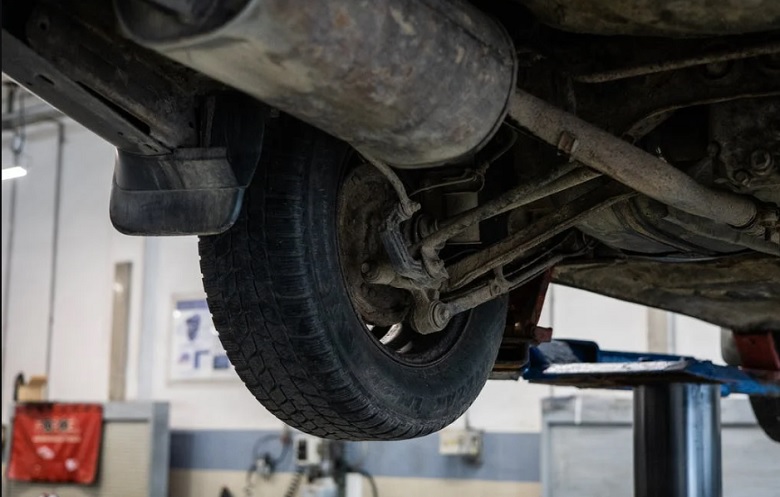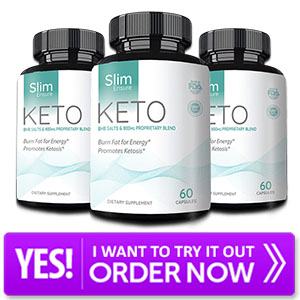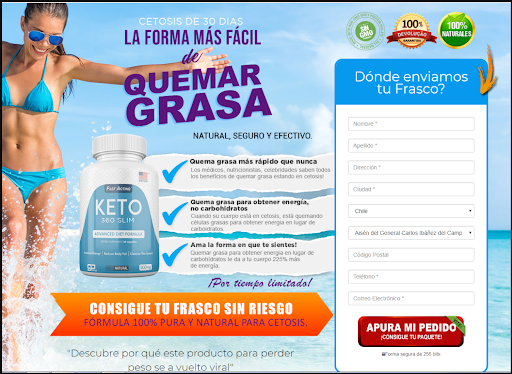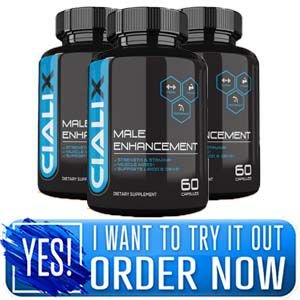Performance of Fuel Injectors

Do you know what fuel injectors are, technicians should know many things when handling fuel injectors appropriately for performance injector applications. Variations occur in the types and characteristics of fuel injectors, the main reason for this is that it is important for technicians to clearly understand the basic function of the fuel injector before researching any replacement units for performance applications.
Although the basic function does not change in performance injectors, the features change dramatically when fuel pressure, operating method, and injector design vary. As the names suggest, the fuel is fed from the top to the injector.
The fuel enters through the machined slots to the sides of the injector. It has cooling characteristics for the best injectors. But there are limitations to using this type of injector for performance applications. Generally, side feed injectors are limited in size, and top feed injectors typically have less cost when switching to larger injectors. Top feed injectors exceed the maximum flow rate in the side-feed and allow for more diverse fuel flow ranges.
The top feed injector system generally maintains a more stable operating fuel pressure and allows for the top feed fuel rail features and more uncontrolled fuel flow. An injector in running engines is continuously ‘turned on and ‘off’ via PCM. The period in which the injector switches on in that cycle is classified as the duty cycle and counted as one percent. This means that the 50% duty cycle indicates that the injector is switched on and off for an equal time. This increases the on-time of a large duty cycle injector.
The width of the injector pulse refers to the amount of time measured in milliseconds, and in the intake cycle, an injector is usually left open. This means that the injector pulse width for a passive state in the normal operating table usually increases as the engine load increases.
Not all injector patterns are the same, and injectors are designed to deliver the right amount of fuel that leads to an area according to the manufacturer’s requirement. This may dramatically affect the performance of changing the spray pattern. Increasing the fuel pressure increases the fuel flow to some extent and decreases the flow of the fuel pump.
Fuel injector flow rates are typically expressed as cubic centimetres per minute or pounds per hour at certain fuel pressure. In some cases, the injector flow rates are expressed in millilitres per minute. Fuel injectors are usually replaced for 2 reasons, and should be replaced with similar injectors because of worn-out or damaged units. Injectors should be replaced with high flow units to satisfy engine up grids.
Pat offers more than 50 performance fuel injectors from the world’s leading brands, including Bosch, Cement, Race Works, and Delphi. Suitable for applications that require injectors that support an injector to use of a variety of fuels, including petrol, ethanol, methanol, and compressed natural gas. The fuel flow rate may vary from injector to injector, and installing mismatched injectors with different flow rates may result in suboptimal performance. Fuel Injectors is really important to make the performance of vehicle better. If there is an issue happening all the time, selling to cash for junk cars Sydney experts will really find it great.











